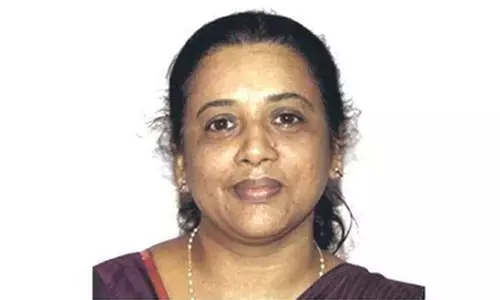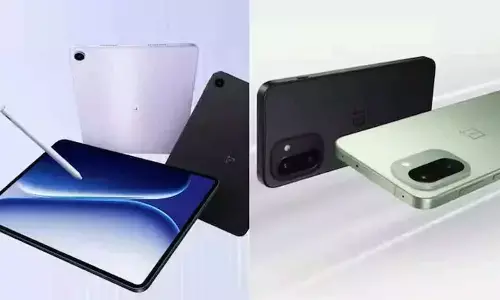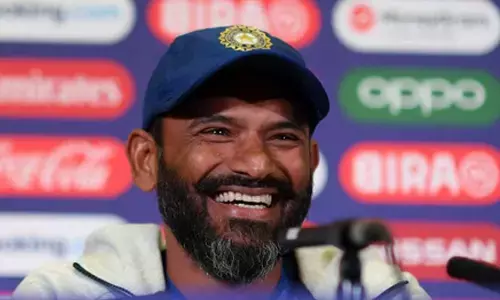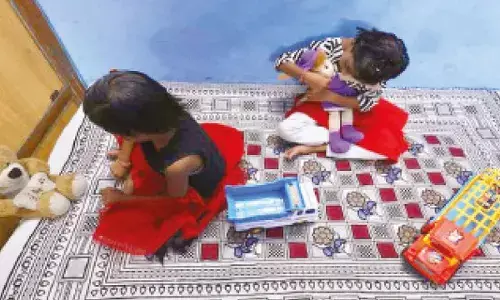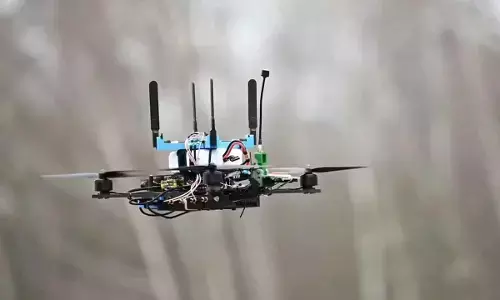What is call drop?

What is call drop. In view of Prime Minister Narendra Modi voicing concern over call drops, the Department of Telecom has asked the telecom regulator TRAI to help address the problem by assessing the infrastructure and capacity of the telecom operators for effectively providing services.
In view of Prime Minister Narendra Modi voicing concern over call drops, the Department of Telecom has asked the telecom regulator TRAI to help address the problem by assessing the infrastructure and capacity of the telecom operators for effectively providing services.
.jpg)
The problem of call drops has become rather serious in the last 3-4 months and DoT has asked the telecom operators last week fix it speedily. The operators have sought 30-45 days to address it. The DoT has already warned that if the operators fail to address the problem, the government has the option of levying penalty under the licence conditions.
In telecommunications, the dropped-call rate (DCR) is the fraction of the telephone calls which, due to technical reasons, were cut off before the speaking parties had finished their conversation and before one of them had hung up (dropped calls) This fraction is usually measured as a percentage of all calls.
The dropped-call rate is is assumed to have direct influence on the customer satisfaction with the service provided by the network and its operator. Subhomoy Bhattacharjee in an article in Indian Express (Why calls drop...) succintly explains that mobile phones work using radio waves in the frequency range of 300 MHz and 3,000 MHz.
But the entire range is not available for use. Critically, the lower the number, the better the quality of transmisison. It makes sense for a telecom company to pitch for a 900 MHz band instead of 2,100 MHz or even 1,800 MHz. Since limited space is available in each band, companies jostle for more space in the better (or lower) bands.
If a company has too little of the better bands, the quality of voice service drops. It also drops if the number of customers rises. India has 961 million mobile phone subscribers, the most in the world after China. Too many companies are slicing up the available bands into smaller parcels. There is little comparable international data, but India’s telecom regulator concedes it is possibly the highest among mature telecom markets, adds Bhattacharjee.
In mobile networks, the call drop rate is achieved by improving radio coverage, expanding the capacity of the network and optimising the performance of its elements, all of which may require considerable effort and significant investments on the part of the network operator.










